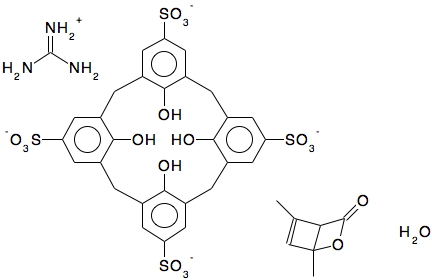
Research data (and its management) is rapidly emerging as a focal point for the development of research dissemination practices.

Research data (and its management) is rapidly emerging as a focal point for the development of research dissemination practices.
AbstractThere is an urgent need to improve the infrastructure supporting the reuse of scholarly data. A diverse set of stakeholders—representing academia, industry, funding agencies, and scholarly publishers—have come together to design and jointly endorse a concise and measureable set of principles that we refer to as the FAIR Data Principles. The intent is that these may act as a guideline for those wishing to enhance the reusability of their data holdings. Distinct from peer initiatives that focus on the human scholar, the FAIR Principles put specific emphasis on enhancing the ability of machines to automatically find and use the data, in addition to supporting its reuse by individuals. This Comment is the first formal publication of the FAIR Principles, and includes the rationale behind them, and some exemplar implementations in the community.
Snapshot of a Strained Ring Benzene and cyclobutadiene possess diametrically opposed properties. The former, a hexagonal hydrocarbon with a geometry perfectly suited to its bonding arrangement, exhibits unusual stability. The latter, with its two fewer carbons tightly squeezed into the right angles of a 4-membered ring, rapidly forms a dimer to relieve its considerable geometric and electronic strain. Monomeric cyclobutadiene was first isolated in substantial quantity by confining it within a molecular shell, but it has eluded full structural characterization. Legrand et al. (p. 299 ) have now found a host lattice that stabilizes a dimethyl-substituted derivative of the molecule sufficiently to allow analysis of its structure and bonding motif by x-ray diffraction.